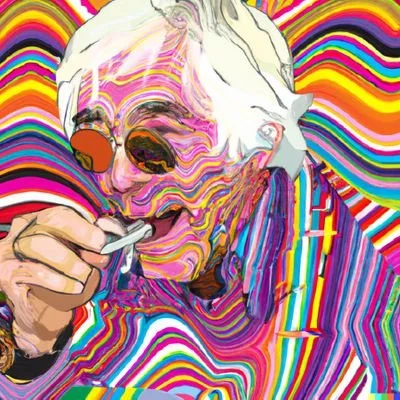This is the best summary I could come up with:
When she fed that plastic to bacteria after pretreatment with “sunlight” – a UV lamp – in a bottle of simulated seawater, she saw that special version of carbon appear as CO2 above the water.
“The treatment with UV light was necessary because we already know that sunlight partially breaks down plastic into bite-sized chunks for bacteria,” the researcher explains.
Even though marine microbiologist Goudriaan is very excited about the plastic-eating bacteria, she stresses that microbial digestion is not a solution to the huge problem of all the plastic floating on and in our oceans.
Recently Goudriaan’s colleague Annalisa Delre published a paper about sun light which breaks down plastics on the ocean’s surfaces.
In the latest issue of Marine Pollution Bulletin, PhD student Annalisa Delre and colleagues calculate that about two percent of visibly floating plastic may disappear from the ocean surface in this way each year.
Our data show that sunlight could thus have degraded a substantial amount of all the floating plastic that has been littered into the oceans since the 1950s," says Delre.
I’m a bot and I’m open source!
I’ll take “last organisms standing on earth” for 100 , Alex.
I take “new life form that was designed to eat all plastic waste to eating all plastic period” for 100.
This could turn out good or bad.
I’ll take “new life form designed to eat plastic evolves to produce waste products worse for the ocean than plastic” for 200.
This is the weirdest episode of jeopardy…
Yeah sounds like a great idea in theory. But just imagine a bacteria with an heavy appetite for plastics escapes from the laboratory and starts consuming plastics. Imagine how much of a vehicle is plastic, or your clothes, etc. That could get ugly real fast.




